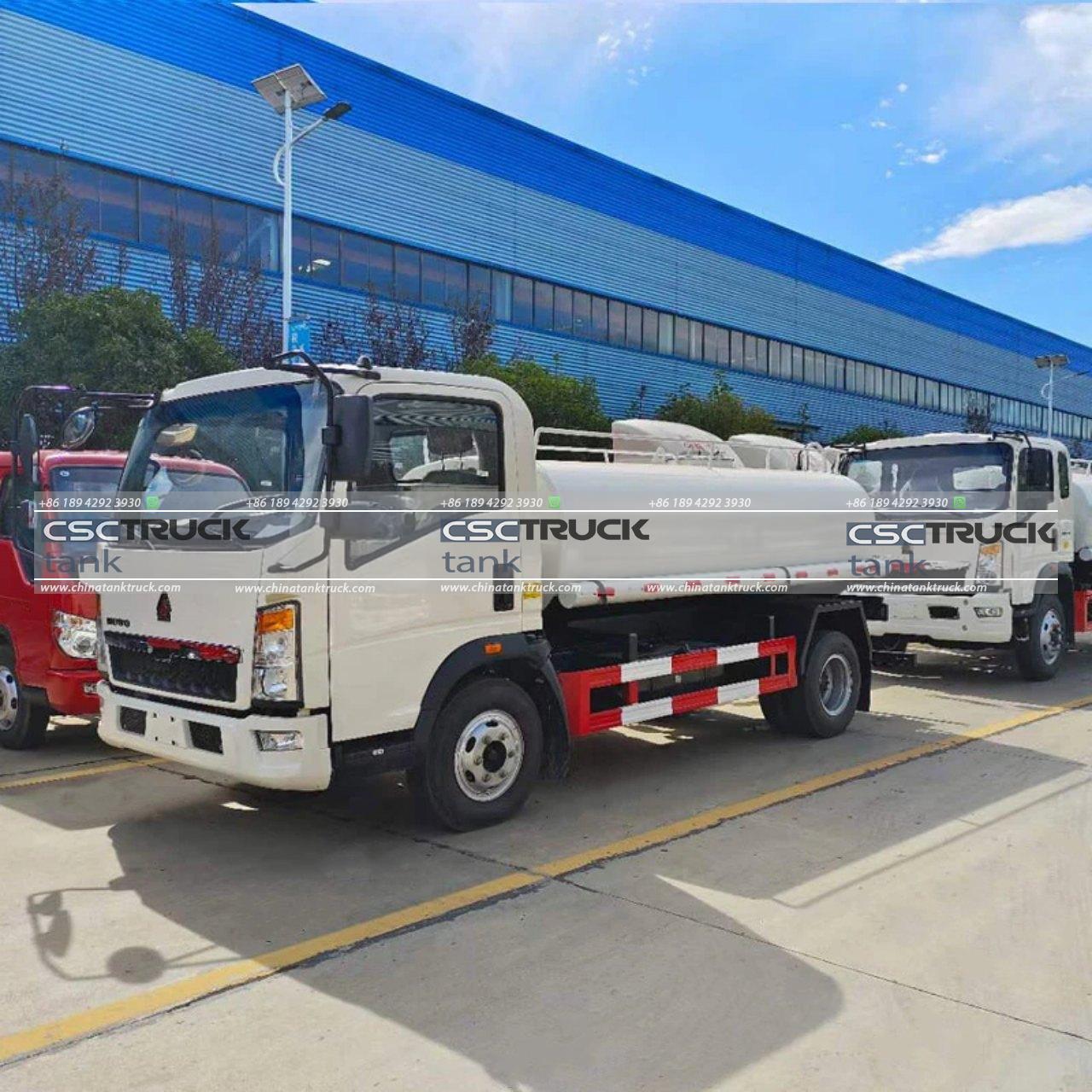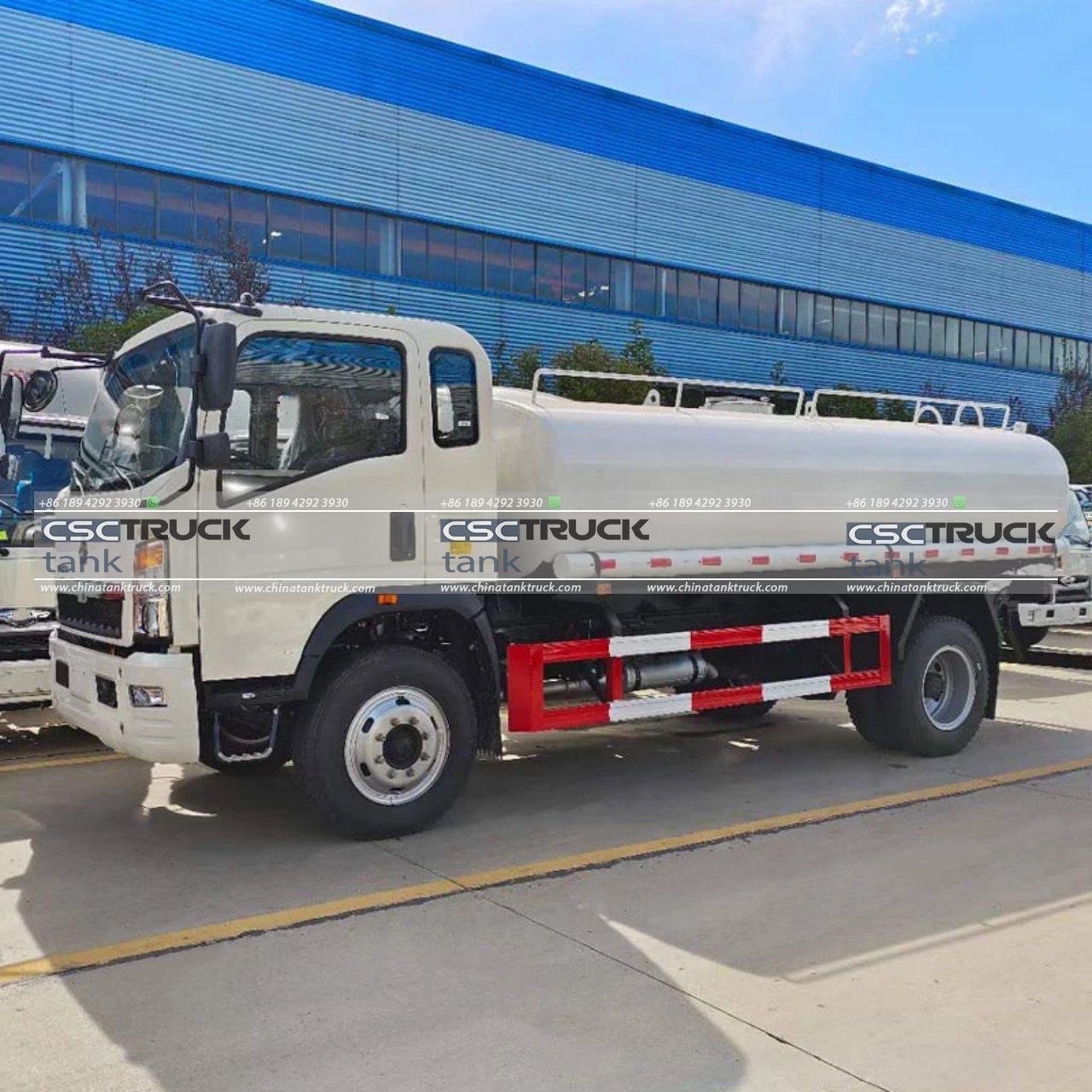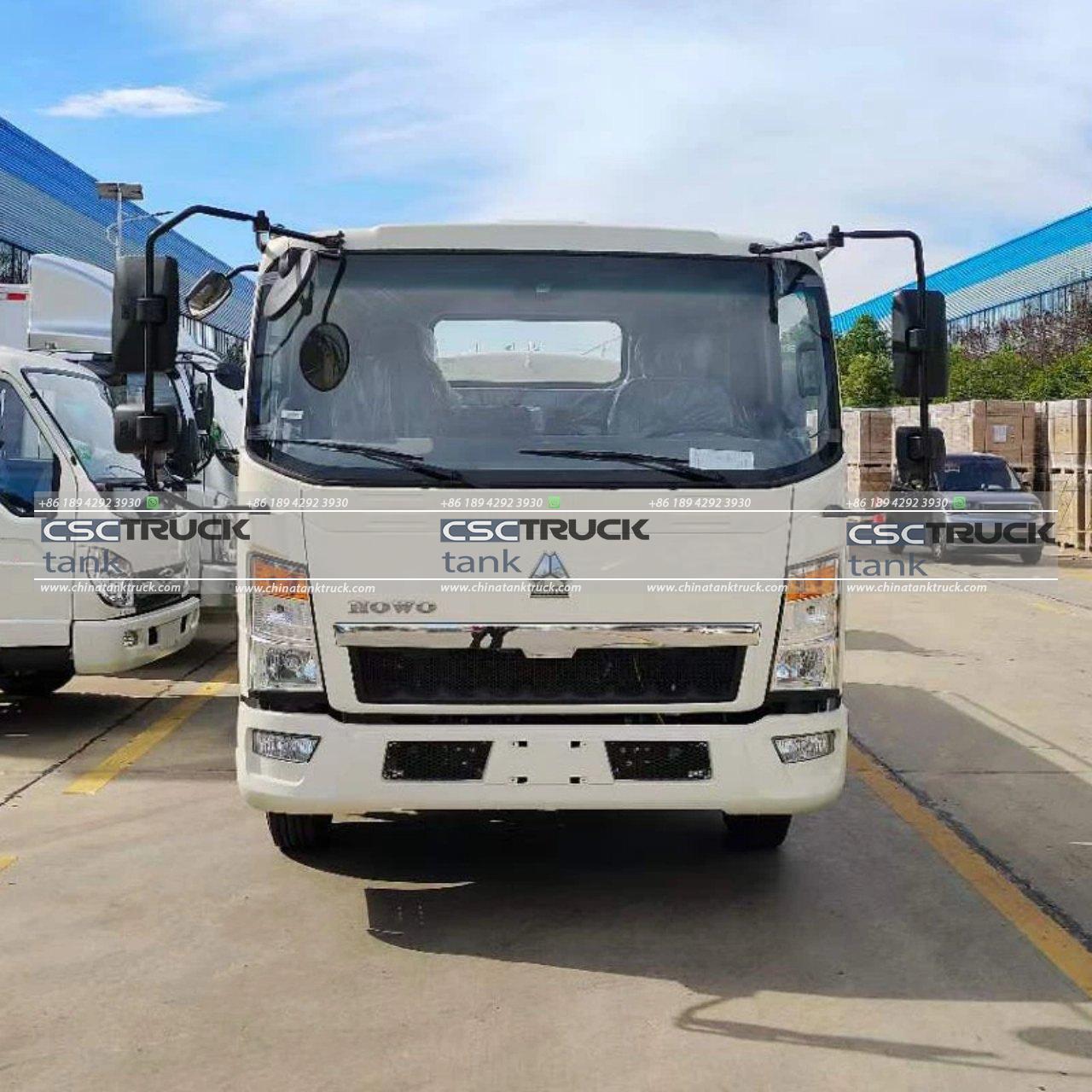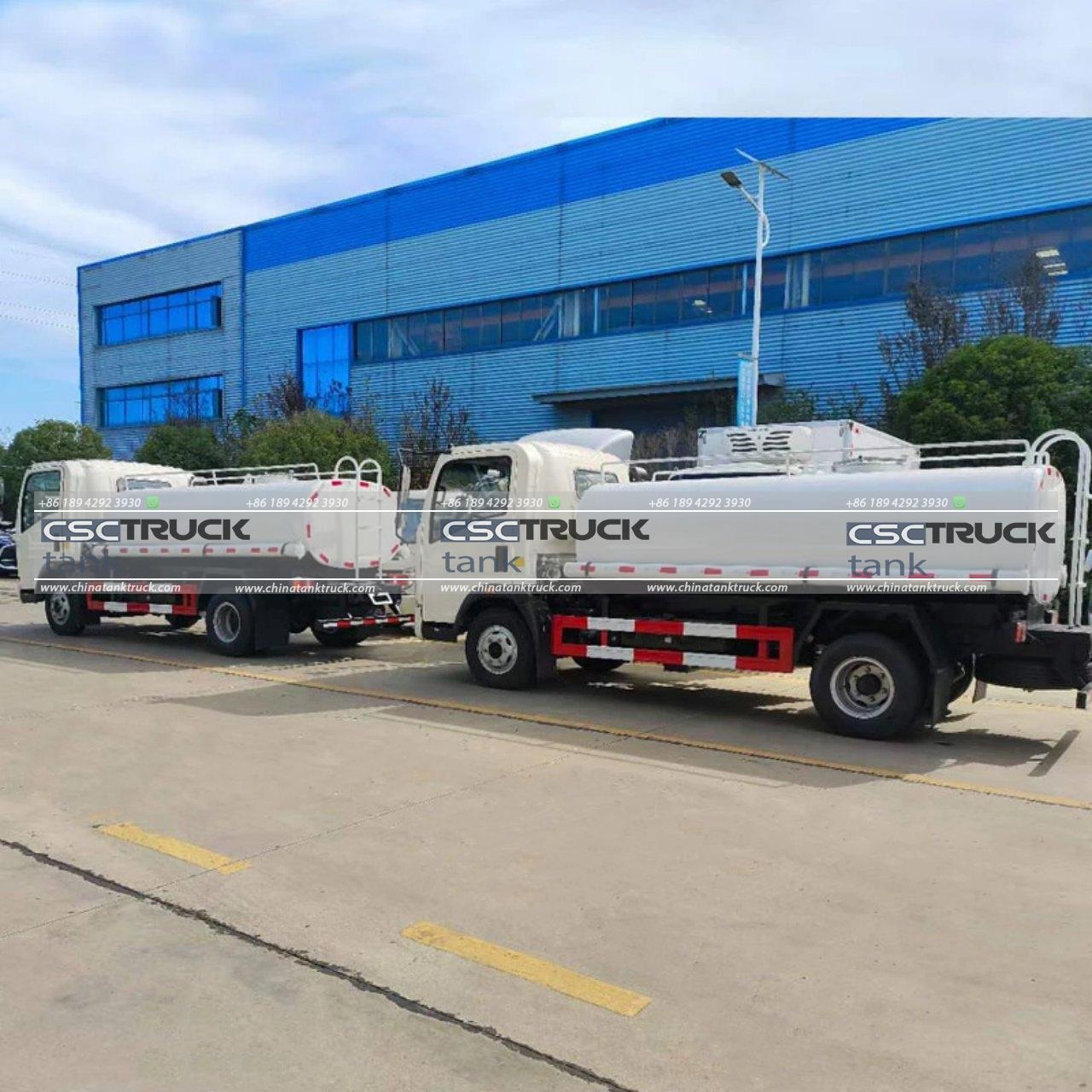How Long Does it Take to Empty a Water Truck?
Water trucks, also known as water tankers, are specialized vehicles designed to transport and distribute large quantities of water. These trucks are widely used in various industries, including construction, agriculture, firefighting, and dust control. One of the key considerations when using a water truck is understanding how long it takes to empty the tank, as this can significantly impact project timelines and operational efficiency. The time required to empty a water truck depends on several factors, including the tank’s capacity, the pump’s flow rate, the application method, and the terrain.
1. Tank Capacity and Flow Rate
The first and most straightforward factor influencing the time it takes to empty a water truck is the tank’s capacity. Water trucks come in various sizes, typically ranging from 2,000 to 10,000 gallons, though larger models can carry even more. The larger the tank, the longer it will take to empty, assuming a constant flow rate.
Flow rate, which is the volume of water that can be discharged per unit of time, is another crucial factor. Flow rates are usually measured in gallons per minute (GPM). For instance, if a water truck is equipped with a pump that can discharge water at 500 GPM, and the tank holds 5,000 gallons, it would take approximately 10 minutes to empty the tank under ideal conditions.
In this case:
Time=5,000 gallons/500 GPM=10 minutes
However, this calculation assumes that the pump operates at full capacity throughout the entire process, which may not always be the case.

2. Pump Efficiency and Maintenance
The efficiency of the pump plays a significant role in determining how long it takes to empty a water truck. A well-maintained pump will operate at optimal efficiency, allowing for a faster discharge rate. Conversely, if the pump is old, worn, or not properly maintained, it may not perform at its best, leading to a slower flow rate and a longer emptying time.
Additionally, the pump’s power source, whether it’s engine-driven, PTO-driven (power take-off), or electric, can also affect its performance. PTO-driven pumps, for example, are typically more powerful and can handle higher flow rates, leading to quicker discharge times.
3. Application Method
The method used to distribute the water can also impact the emptying time. Water trucks can be equipped with various spray nozzles, hoses, or cannons, each designed for specific applications. For instance:
– Spray Bars: Commonly used for dust control and road compaction, spray bars distribute water evenly across a wide area. The flow rate through spray bars can vary, but it’s generally designed for slower, controlled application, which may increase the time required to empty the tank.
– Fire Hoses: Used in firefighting or high-pressure applications, fire hoses can discharge water at a much higher rate. This method can significantly reduce the time it takes to empty the tank, especially in emergencies where speed is critical.
– Gravity Feed: In some cases, water trucks use gravity to empty the tank. This method is generally slower than using a pump, as it relies on the natural flow of water out of the tank rather than mechanical force.
The specific method chosen will depend on the application and the desired coverage area, but it’s important to consider how each method affects emptying time.

4. Terrain and Environmental Factors
The environment in which the water truck is operating can also influence how long it takes to empty the tank. On flat, even terrain, the truck can maintain a consistent speed, allowing for a steady flow rate. However, if the truck is operating on uneven or hilly terrain, the speed may need to be reduced, which can slow down the discharge process.
Environmental factors such as wind, temperature, and humidity can also play a role. For example, in high-wind conditions, water sprayed from the truck may disperse more quickly, requiring adjustments to the flow rate to maintain coverage. Similarly, in very dry conditions, water may evaporate more rapidly, potentially requiring more water to achieve the desired effect.
5. Operational Considerations
In addition to the technical factors, operational considerations can affect how long it takes to empty a water truck. For instance, the experience and skill of the operator can influence the efficiency of the discharge process. An experienced operator will know how to adjust the flow rate, choose the appropriate spray pattern, and navigate challenging terrain to optimize the emptying time.
Another operational factor is the frequency of refilling the tank. If the water truck is part of a larger operation, such as a construction site or agricultural project, the time required to refill the tank and return to the worksite must also be considered. This can add significant time to the overall process, especially if the refill point is far from the operation area.

6. Practical Examples
To provide a clearer understanding of how long it takes to empty a water truck, let’s consider a few practical examples:
– Construction Site: A 4,000-gallon water truck is being used to control dust on a construction site. The truck is equipped with a spray bar that discharges water at a rate of 300 GPM. In this scenario, it would take approximately 13.3 minutes to empty the tank.
Time=4,000 gallons/300 GPM=13.3 minutes
– Firefighting: A 2,000-gallon water truck is being used in a firefighting operation. The truck uses a fire hose that discharges water at a rate of 1,000 GPM. In this case, the tank would be emptied in just 2 minutes.
Time=2,000 gallons/1,000 GPM=2 minutes
– Agriculture: A 5,000-gallon water truck is used to irrigate a field. The truck uses a gravity feed system, discharging water at a slower rate of 150 GPM. It would take approximately 33.3 minutes to empty the tank.
Time=5,000 gallons/150 GPM=33.3 minutes
7. Conclusion
The time it takes to empty a water truck is influenced by various factors, including the tank’s capacity, the pump’s flow rate, the application method, and the operating environment. Understanding these factors and how they interact can help operators optimize the discharge process, ensuring that water is delivered efficiently and effectively for the task at hand. Whether on a construction site, in agricultural fields, or during emergency firefighting, knowing how long it takes to empty a water truck is crucial for planning and executing operations smoothly.


